
Landscaping a Small Backyard
Do you have a small backyard? Do you feel like you don’t have enough room to landscape it the way you want? Don’t worry, we have some strategies for you! In this blog post, we will discuss how to add plants and shrubs for privacy and visual appeal, how to add a small patio for relaxing and entertaining, and how to create balance with colour, size and shape. We will also discuss low maintenance landscaping options. So, whether you have a small city backyard or a country cottage yard, we have the perfect tips for landscaping a small backyard.
Make the Most of a Small Space
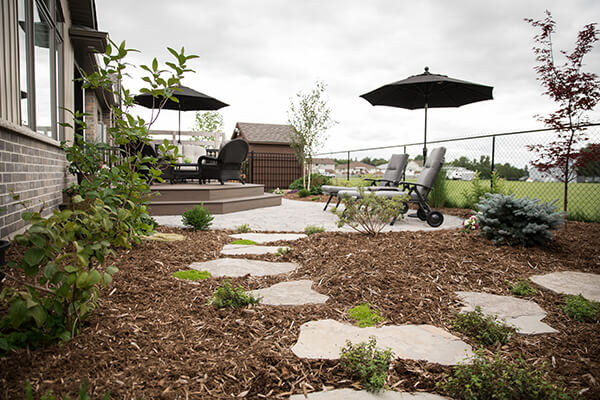 When it comes to landscape design for small backyards, the key is to maximize the space and make the most of what you have. Start by adding plants and shrubs that will provide both privacy and visual appeal. Choose plants with varying heights and colors to create a lush landscape.
When it comes to landscape design for small backyards, the key is to maximize the space and make the most of what you have. Start by adding plants and shrubs that will provide both privacy and visual appeal. Choose plants with varying heights and colors to create a lush landscape.
Make sure to consider the size and shape of your yard when selecting plants. Tall, thin trees may be best for narrow spaces and can be balanced with the addition of compact, low-growing shrubs, ornamental grasses, and other perennials.
Make Your Small Backyard Livable
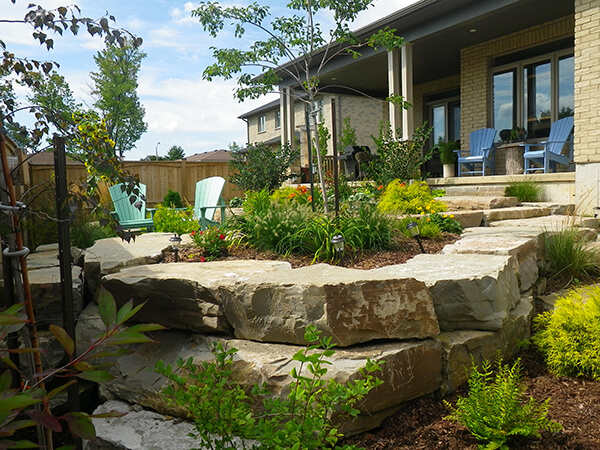 You can also create a cozy gathering space with the addition of a small patio using natural stone, brick, or interlocking pavers. There are even precast stone products that look like flagstone but have a much more uniform surface and are more cost-effective relative to their natural counterpart.)
You can also create a cozy gathering space with the addition of a small patio using natural stone, brick, or interlocking pavers. There are even precast stone products that look like flagstone but have a much more uniform surface and are more cost-effective relative to their natural counterpart.)
A small patio is perfect for relaxing or entertaining, and its appearance blends nicely into surrounding landscaping, so it won’t be visually overwhelming. Consider adding comfortable but space-saving furniture to maximize seating capacity.
Visual Impact and Balance
When designing your landscape, be sure to create balance with colour, size and shape. Create visual interest by grouping plants that are different sizes and colours together. Install pathways along high-traffic zones with stones in unique shapes or patterns. You can also add lighting to draw attention to certain areas of your landscape and make them stand out in the evening.
Be Master of Your Domain (Not a Slave to It)
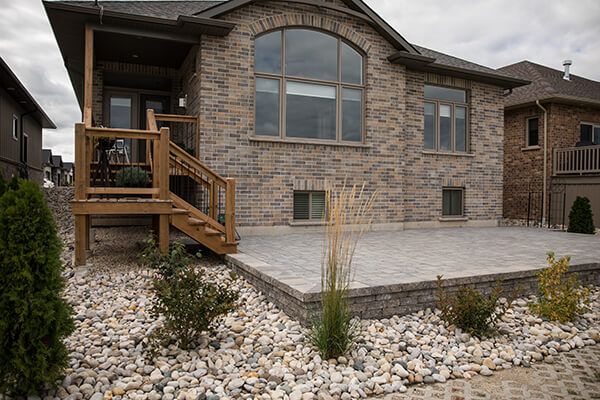 Finally, when it comes to landscaping a small backyard, don’t forget to consider low-maintenance landscape options. Native plants are always a great choice as they require minimal upkeep and thrive in your local climate. Consider hardscaping materials like gravel or river rock over landscape fabrics to prevent weeds from encroaching on your garden beds.
Finally, when it comes to landscaping a small backyard, don’t forget to consider low-maintenance landscape options. Native plants are always a great choice as they require minimal upkeep and thrive in your local climate. Consider hardscaping materials like gravel or river rock over landscape fabrics to prevent weeds from encroaching on your garden beds.
By implementing these strategies for landscaping a small backyard, you will be able to create an inviting outdoor space that is both functional and visually appealing! With the right design elements and thoughtful planning, even the smallest of yards will provide years of enjoyment. If you’d rather leave the landscaping of your small yard to professionals, contact us to get started.

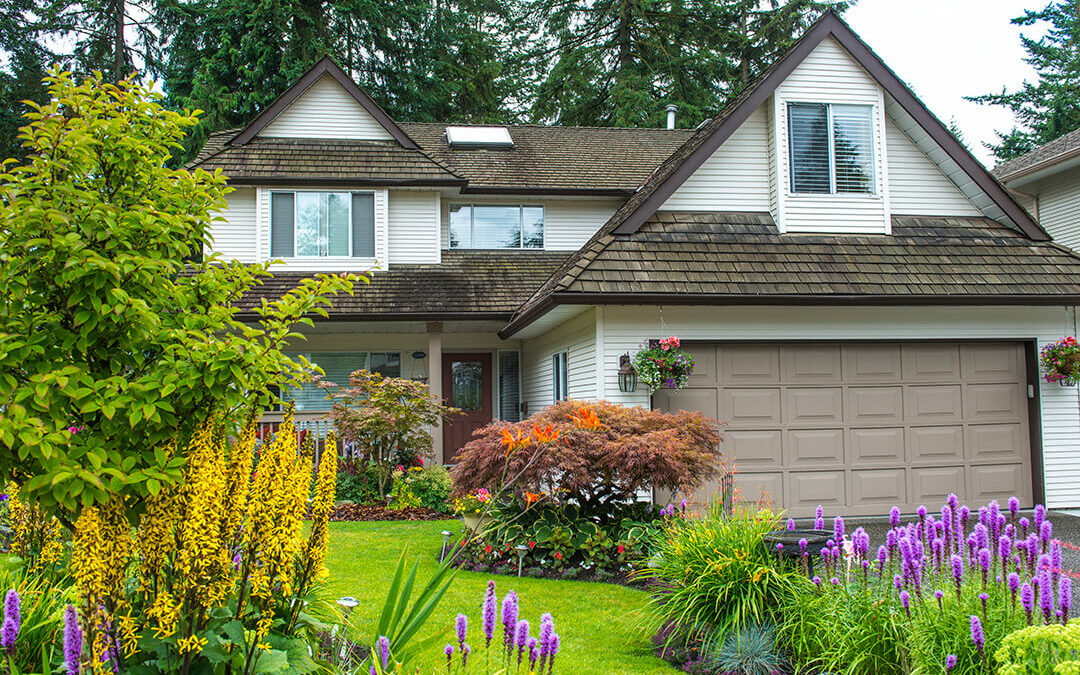
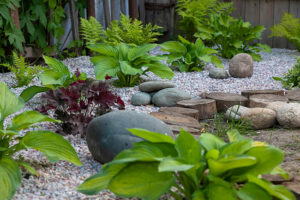
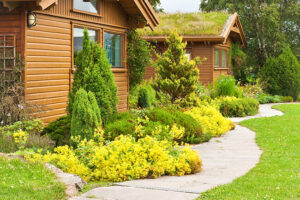
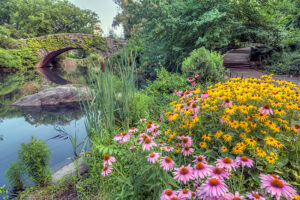
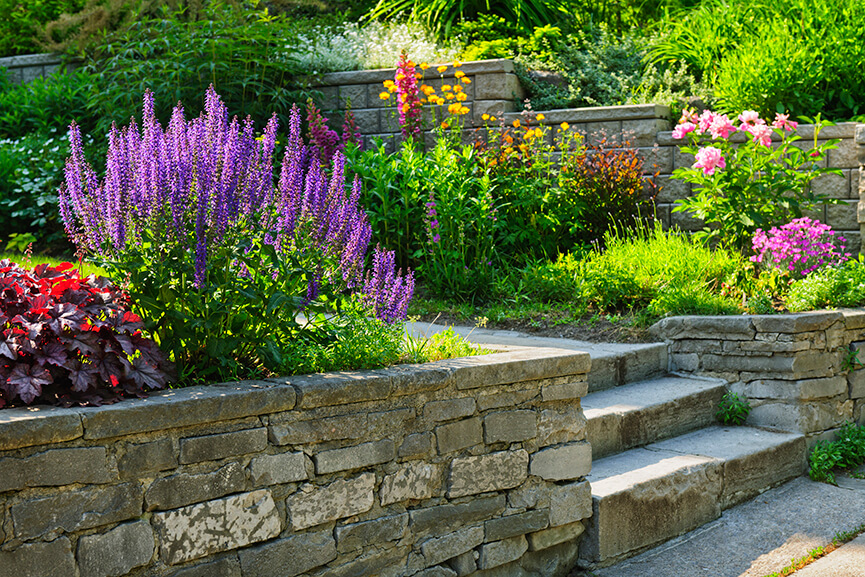
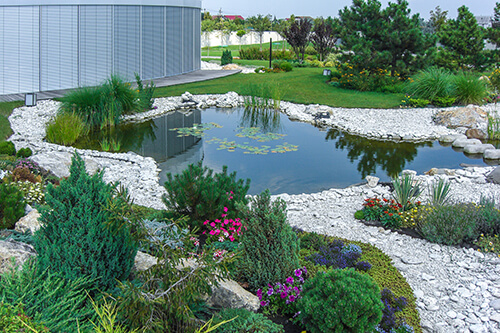 Groundcover for sun and shade are plants that tend to grow low to the ground and spread. These ranging plants do double duty in your flowerbeds. With their showy foliage and/or flowers, they add visual interest. But just as importantly, if not more so, they act much like mulch, helping to suppress weeds, reduce soil erosion, and retain moisture.
Groundcover for sun and shade are plants that tend to grow low to the ground and spread. These ranging plants do double duty in your flowerbeds. With their showy foliage and/or flowers, they add visual interest. But just as importantly, if not more so, they act much like mulch, helping to suppress weeds, reduce soil erosion, and retain moisture. A few of the reasons you might consider planting a groundcover:
A few of the reasons you might consider planting a groundcover: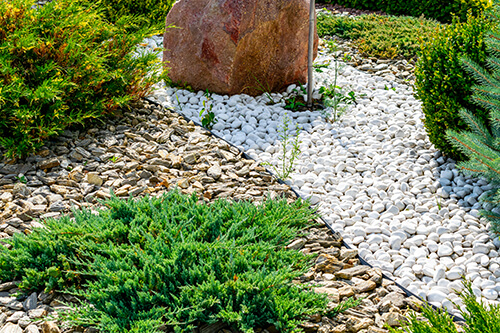 To cover steeply graded areas of grass. If your yard has any sloping areas that are hard to maintain, consider replacing the grass with a ground cover to eliminate the hassle.
To cover steeply graded areas of grass. If your yard has any sloping areas that are hard to maintain, consider replacing the grass with a ground cover to eliminate the hassle.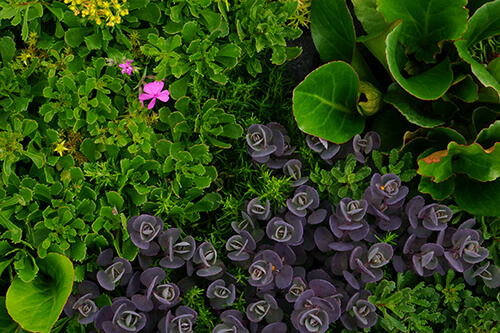 Groundcovers to plant in the sun
Groundcovers to plant in the sun Groundcovers to plant in the shade
Groundcovers to plant in the shade Note that some groundcovers, due to an aggressive spreading or creeping habit, can be invasive, so it’s important to take a bit of time to choose the right plants based on your goals and available space.
Note that some groundcovers, due to an aggressive spreading or creeping habit, can be invasive, so it’s important to take a bit of time to choose the right plants based on your goals and available space.
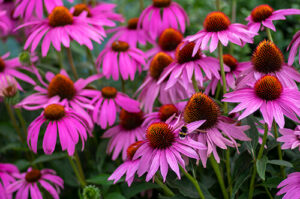 Coneflowers
Coneflowers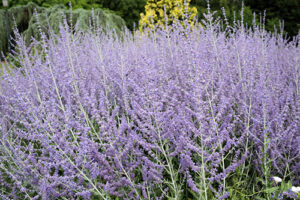 Russian Sage
Russian Sage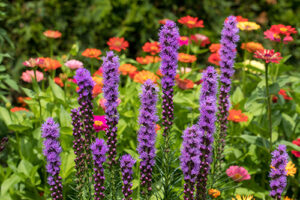 Gayfeather
Gayfeather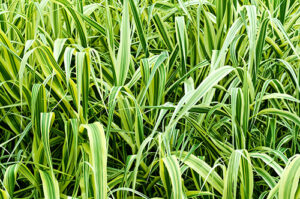 Carex/Sedge
Carex/Sedge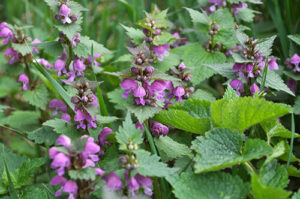 Lamium
Lamium Foamflower
Foamflower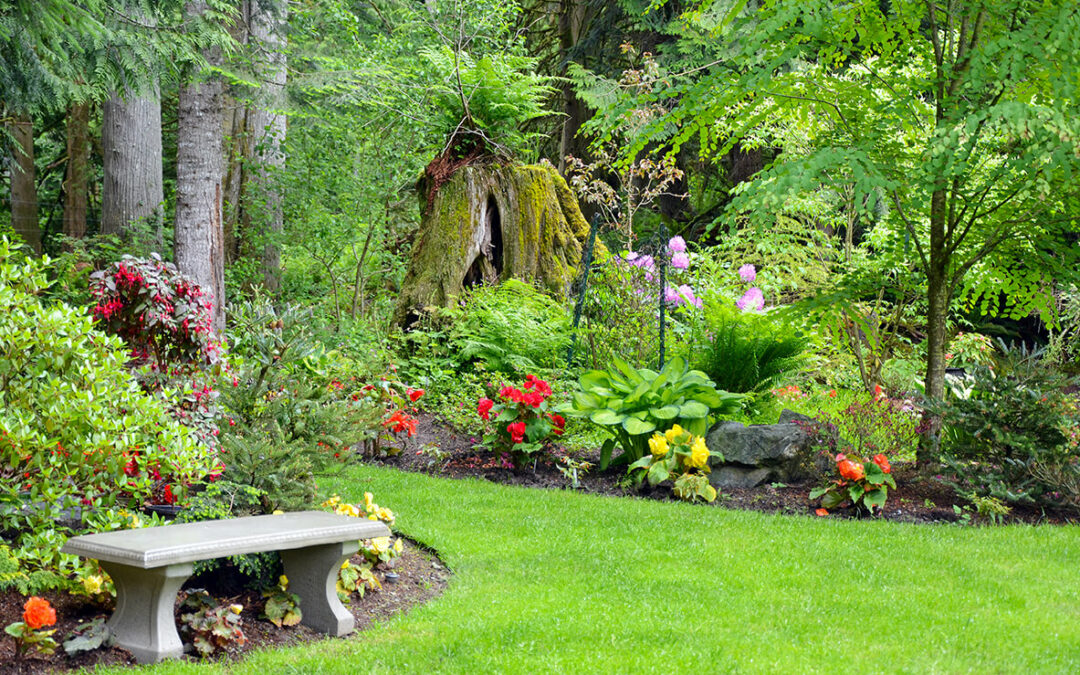
 Boxwood
Boxwood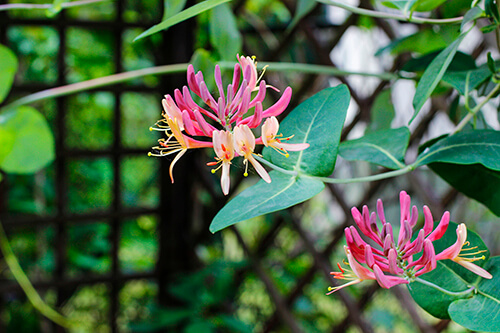 Non-Invasive Honeysuckle
Non-Invasive Honeysuckle Japanese Rose
Japanese Rose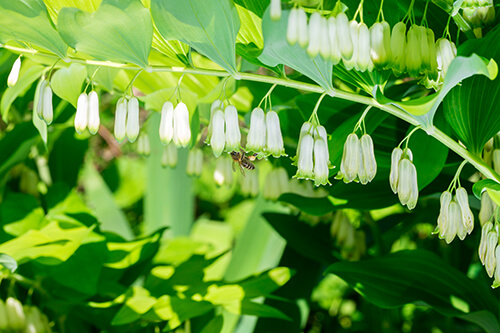 Solomon Seal
Solomon Seal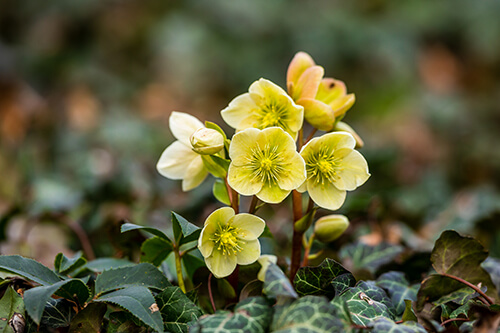 Hellebore
Hellebore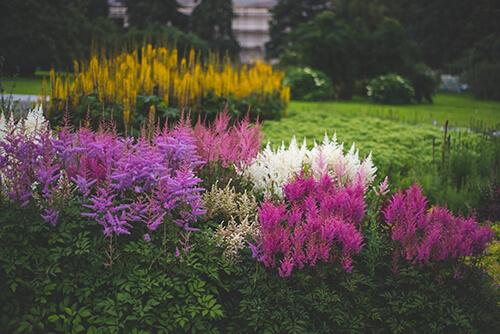 Astilbe
Astilbe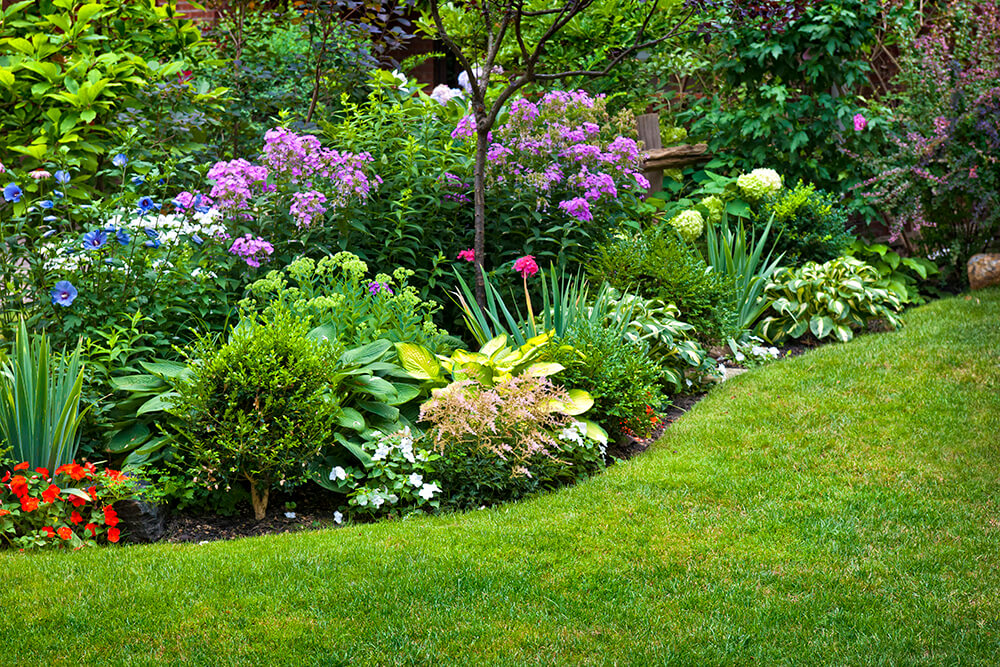
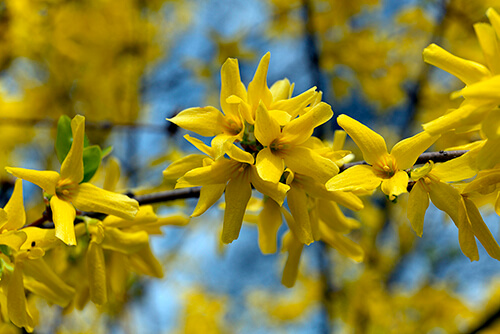 Forsythia – brilliant yellow blooms
Forsythia – brilliant yellow blooms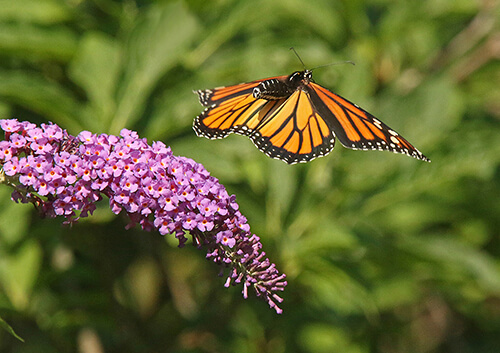 Spirea
Spirea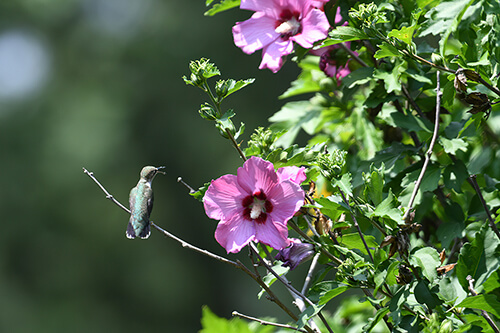 Burning Bush
Burning Bush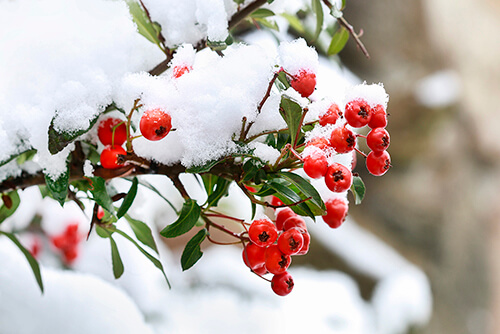 Red Twig Dogwood
Red Twig Dogwood